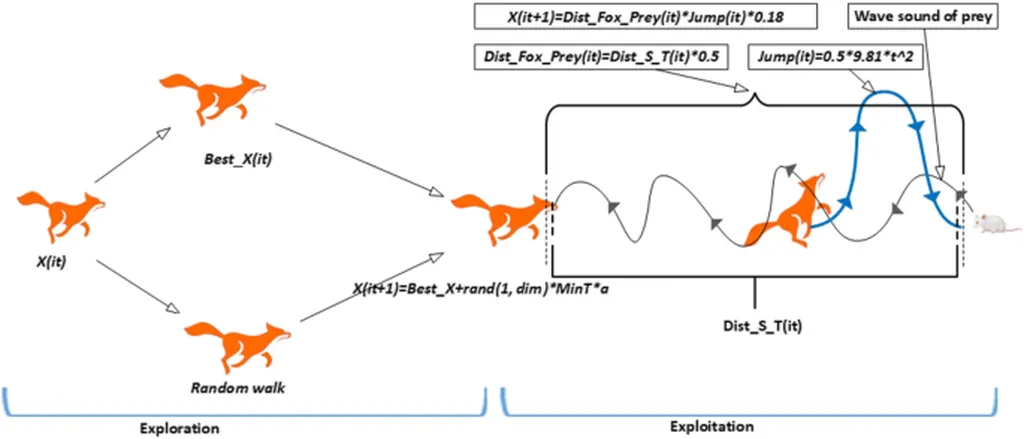In the quest for more sustainable and efficient power grids, researchers are increasingly turning to renewable energy sources and advanced optimization techniques. A recent study published in the journal *Mathematics* introduces a novel approach to enhancing the performance of radial distribution systems through the optimal allocation and sizing of photovoltaic (PV) and wind turbine distribution generation (DG) units. The research, led by Yacine Bouali from the Department of Electrical Engineering at the University of Science and Technology Houari Boumediene in Algiers, proposes a new metaheuristic algorithm called the Rüppell’s fox optimizer (RFO) to tackle this complex optimization problem.
The study focuses on determining the optimal placement, sizing, and power factor of DG units under various scenarios. In the first scenario, the DG operates at a unity power factor and is modeled as a photovoltaic system. In the second and third scenarios, the DG is modeled as a wind turbine system with fixed and optimal power factors, respectively. The RFO algorithm’s performance is benchmarked against five well-known metaheuristic techniques to validate its effectiveness and competitiveness.
The research demonstrates the applicability and robustness of the proposed approach through simulations conducted on the IEEE 33-bus and IEEE 69-bus radial distribution test systems. “The RFO algorithm shows promising results in optimizing the placement and sizing of DG units, which can significantly improve the performance of distribution systems,” says Bouali. This optimization can lead to reduced power losses, improved voltage profiles, and enhanced overall system efficiency.
The implications of this research are substantial for the energy sector. As renewable energy sources become increasingly integrated into power grids, the need for efficient and reliable distribution systems becomes paramount. The optimal allocation and sizing of DG units can help utilities and grid operators maximize the benefits of renewable energy integration, ensuring a stable and resilient power supply for residential, commercial, and industrial customers.
Moreover, the RFO algorithm’s competitive performance against established metaheuristic techniques suggests that it could become a valuable tool in the arsenal of energy professionals. “The RFO algorithm’s effectiveness in optimizing DG placement and sizing can contribute to the development of smarter and more sustainable power grids,” Bouali adds.
This research not only advances the field of power systems optimization but also paves the way for future developments in renewable energy integration and grid management. As the energy sector continues to evolve, innovative solutions like the RFO algorithm will be crucial in shaping a more sustainable and efficient energy future.

